-
 Bitcoin
Bitcoin $117500
2.15% -
 Ethereum
Ethereum $3911
6.19% -
 XRP
XRP $3.316
10.79% -
 Tether USDt
Tether USDt $1.000
0.01% -
 BNB
BNB $787.2
2.24% -
 Solana
Solana $175.2
4.15% -
 USDC
USDC $0.9999
0.00% -
 Dogecoin
Dogecoin $0.2225
8.40% -
 TRON
TRON $0.3383
0.28% -
 Cardano
Cardano $0.7868
6.02% -
 Stellar
Stellar $0.4382
9.34% -
 Hyperliquid
Hyperliquid $40.92
7.56% -
 Sui
Sui $3.764
7.63% -
 Chainlink
Chainlink $18.48
10.66% -
 Bitcoin Cash
Bitcoin Cash $582.1
1.88% -
 Hedera
Hedera $0.2601
6.30% -
 Avalanche
Avalanche $23.33
4.94% -
 Ethena USDe
Ethena USDe $1.001
0.02% -
 Litecoin
Litecoin $122.3
2.04% -
 UNUS SED LEO
UNUS SED LEO $8.969
-0.27% -
 Toncoin
Toncoin $3.339
0.86% -
 Shiba Inu
Shiba Inu $0.00001287
4.30% -
 Uniswap
Uniswap $10.43
7.38% -
 Polkadot
Polkadot $3.861
5.08% -
 Dai
Dai $1.000
0.02% -
 Bitget Token
Bitget Token $4.513
3.41% -
 Monero
Monero $267.7
-6.18% -
 Cronos
Cronos $0.1499
4.14% -
 Pepe
Pepe $0.00001110
5.15% -
 Aave
Aave $284.9
8.28%
What is Ethereum's Rollup technology?
Rollups, a Layer 2 scaling solution, efficiently process Ethereum transactions "off-chain" with reduced costs and improved speeds.
Feb 16, 2025 at 07:00 pm
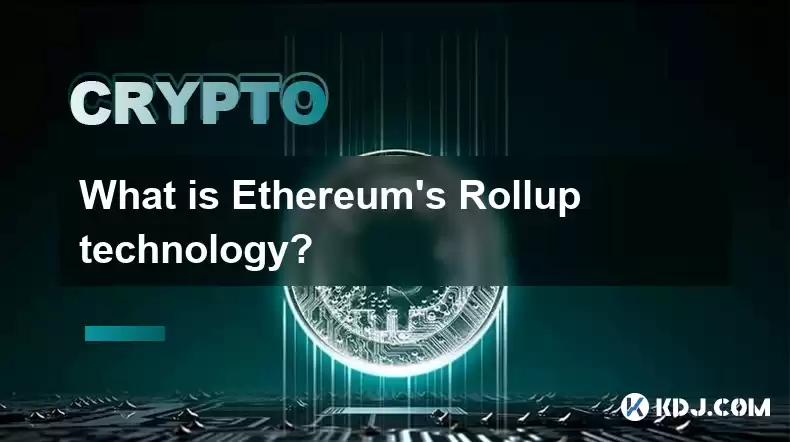
Key Points
- Ethereum's Rollup technology is a Layer 2 scaling solution designed to address the challenges of scalability and transaction costs on the Ethereum blockchain.
- Rollups bundle multiple transactions together "off-chain" before submitting them to the Ethereum main chain "on-chain". This significantly reduces the computational requirements and gas fees associated with each transaction.
Two main types of Rollups:
- Optimistic Rollups (ORs) - Assume transactions are valid and only challenge them in case of fraud.
- Zero-Knowledge Rollups (ZKRs) - Use succinct proofs to demonstrate the validity of transactions.
What is Ethereum's Rollup Technology?
1. Introduction to Layer 2 Scaling Solutions
As Ethereum's popularity and transaction volume continue to surge, challenges have arisen with scalability and the exorbitant costs associated with processing transactions on the main blockchain. Enter Layer 2 (L2) solutions. They operate alongside and complement the Ethereum main chain, offering faster processing speeds and lower transaction fees by moving computation "off-chain".
2. Enter Rollups: An Overview
Rollups are a category of L2 scaling solutions specifically tailored for Ethereum. They function by bundling numerous transactions into a cohesive batch and processing them off-chain before sending the compressed data to the Ethereum main chain. This approach drastically reduces the computational demand and gas expenditure required for each individual transaction.
3. Types of Rollups: Optimistic vs. Zero-Knowledge
The Rollup ecosystem comprises two primary classes:
- Optimistic Rollups (ORs): Optimistically consider transactions to be valid and only delve into fraud proofs upon disputes. This approach enables speedier transaction finality.
- Zero-Knowledge Rollups (ZKRs): Employ sophisticated cryptographic techniques (Zero-Knowledge proofs) to demonstrate the integrity of transactions without divulging their sensitive details. This method, while slower, provides greater assurance of correctness.
4. Benefits of Rollup Technology
Rollups unlock a multitude of benefits for Ethereum enthusiasts:
- Scalability Boost: Rollups mitigate the congestion woes of the Ethereum main chain, allowing for a vast increase in transaction capacity.
- Fee Reduction: Compressing multiple transactions into a single batch significantly reduces the gas costs per transaction.
- Enhanced Security: Rollups are anchored to the Ethereum blockchain, inheriting its robust security guarantees.
- Accessibility Expansion: Rollups broaden Ethereum's accessibility by enabling a wider array of applications to thrive on its platform.
5. Limitations and Challenges
Like any technology, Rollups face specific challenges:
- Centralization Concerns: Some Rollup designs may inadvertently encourage centralization.
- Fraud Vulnerability: Optimistic Rollups leave a small window for fraudulent activity, albeit with appropriate fraud detection mechanisms.
- Data Availability: Accessing off-chain data required for fraud proofs poses potential challenges in certain Rollup implementations.
FAQs
Q: What's the significance of Rollups in the cryptocurrency landscape?
A: Rollups are pivotal in unlocking Ethereum's full potential. They offer increased scalability, reduced fees, and enhanced security, making Ethereum a more viable platform for various applications.
Q: Can Rollups handle complex smart contract operations?
A: Yes, Rollups are capable of processing smart contract operations. They offer a robust environment for executing complex computations off-chain, while ensuring the integrity of the on-chain settlement layer.
Q: How does Rollup technology contribute to the user experience?
A: Rollups enhance user experience by reducing transaction costs and improving processing speeds. This makes Ethereum more accessible and appealing to a wider audience of developers, users, and enterprises.
Q: What's the long-term outlook for Rollups in the Ethereum ecosystem?
A: Rollups are poised to play a crucial role in the future of Ethereum. As the ecosystem matures and adoption expands, Rollups will continue to be refined and optimized, cementing their position as a key scaling solution for Ethereum.
Disclaimer:info@kdj.com
The information provided is not trading advice. kdj.com does not assume any responsibility for any investments made based on the information provided in this article. Cryptocurrencies are highly volatile and it is highly recommended that you invest with caution after thorough research!
If you believe that the content used on this website infringes your copyright, please contact us immediately (info@kdj.com) and we will delete it promptly.
- FTT Token's Wild Ride: Creditor Repayments vs. Market Drop - A New Yorker's Take
- 2025-08-08 07:10:12
- Floki Crypto Price Prediction: Riding the Robinhood Rocket or Just a Meme?
- 2025-08-08 07:15:12
- EigenLayer, Restaking, and Ethereum: Navigating the Hype and the Hazards
- 2025-08-08 06:30:12
- Super Bowl 59: Jon Batiste to Jazz Up the National Anthem
- 2025-08-08 06:30:12
- Cold Wallet Crypto in 2025: The Future is Now, Ya'll
- 2025-08-08 05:10:13
- MAGACOIN, SOL, and ADA: A Tale of Shifting Tides in Crypto
- 2025-08-08 05:10:13
Related knowledge

Where can I buy UMA (UMA)?
Aug 07,2025 at 06:42pm
Understanding UMA and Its Role in Decentralized FinanceUMA (Universal Market Access) is an Ethereum-based decentralized finance (DeFi) protocol design...
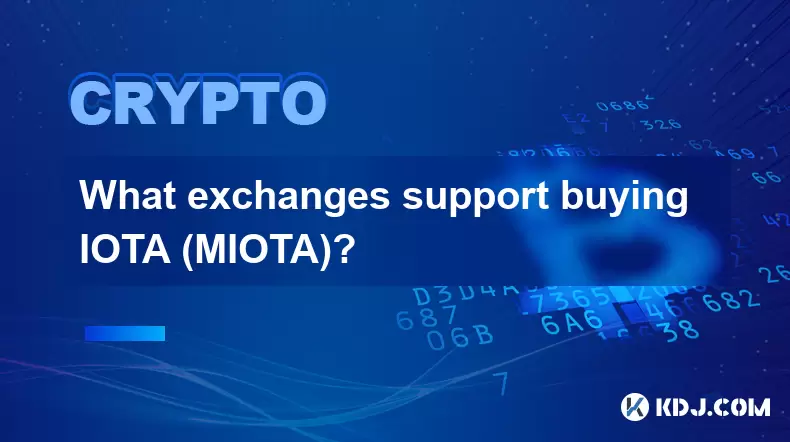
What exchanges support buying IOTA (MIOTA)?
Aug 07,2025 at 09:58pm
Understanding the Role of Private Keys in Cryptocurrency SecurityIn the world of cryptocurrency, private keys are the cornerstone of ownership and con...
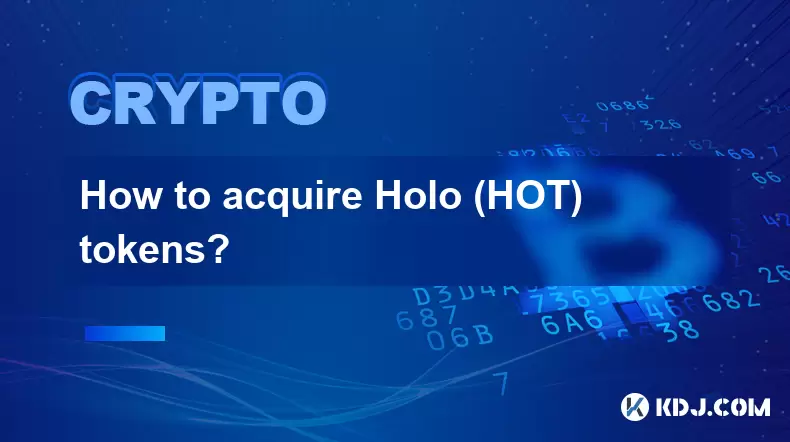
How to acquire Holo (HOT) tokens?
Aug 08,2025 at 05:56am
Understanding Holo (HOT) and Its EcosystemHolo (HOT) is a cryptocurrency token associated with the Holo ecosystem, which is built on the Holochain fra...
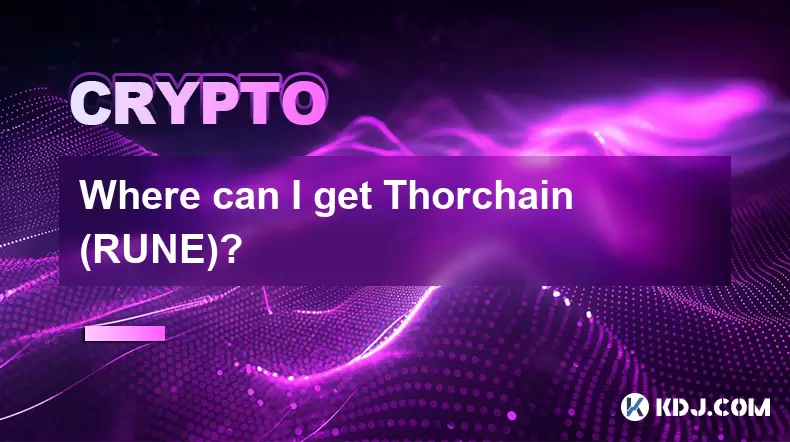
Where can I get Thorchain (RUNE)?
Aug 08,2025 at 08:07am
Understanding the Role of Seed Phrases in Cryptocurrency WalletsA seed phrase, also known as a recovery phrase or mnemonic phrase, is a critical compo...
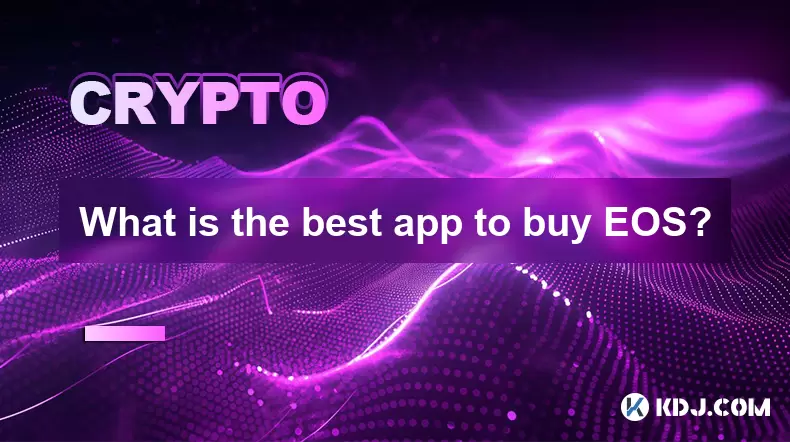
What is the best app to buy EOS?
Aug 07,2025 at 04:35pm
Understanding EOS and Its Role in the Cryptocurrency EcosystemEOS is a blockchain platform designed to support decentralized applications (dApps) with...
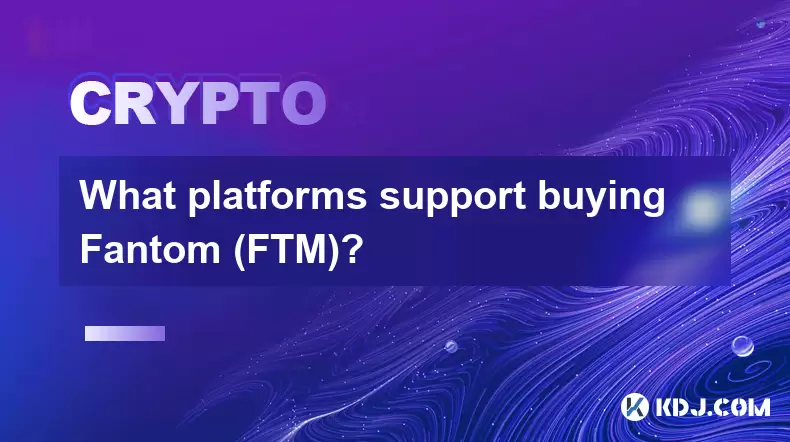
What platforms support buying Fantom (FTM)?
Aug 08,2025 at 01:56am
Overview of Fantom (FTM) and Its EcosystemFantom (FTM) is a high-performance, scalable, and secure layer-1 blockchain designed to overcome the limitat...

Where can I buy UMA (UMA)?
Aug 07,2025 at 06:42pm
Understanding UMA and Its Role in Decentralized FinanceUMA (Universal Market Access) is an Ethereum-based decentralized finance (DeFi) protocol design...

What exchanges support buying IOTA (MIOTA)?
Aug 07,2025 at 09:58pm
Understanding the Role of Private Keys in Cryptocurrency SecurityIn the world of cryptocurrency, private keys are the cornerstone of ownership and con...

How to acquire Holo (HOT) tokens?
Aug 08,2025 at 05:56am
Understanding Holo (HOT) and Its EcosystemHolo (HOT) is a cryptocurrency token associated with the Holo ecosystem, which is built on the Holochain fra...

Where can I get Thorchain (RUNE)?
Aug 08,2025 at 08:07am
Understanding the Role of Seed Phrases in Cryptocurrency WalletsA seed phrase, also known as a recovery phrase or mnemonic phrase, is a critical compo...

What is the best app to buy EOS?
Aug 07,2025 at 04:35pm
Understanding EOS and Its Role in the Cryptocurrency EcosystemEOS is a blockchain platform designed to support decentralized applications (dApps) with...

What platforms support buying Fantom (FTM)?
Aug 08,2025 at 01:56am
Overview of Fantom (FTM) and Its EcosystemFantom (FTM) is a high-performance, scalable, and secure layer-1 blockchain designed to overcome the limitat...
See all articles

























































































